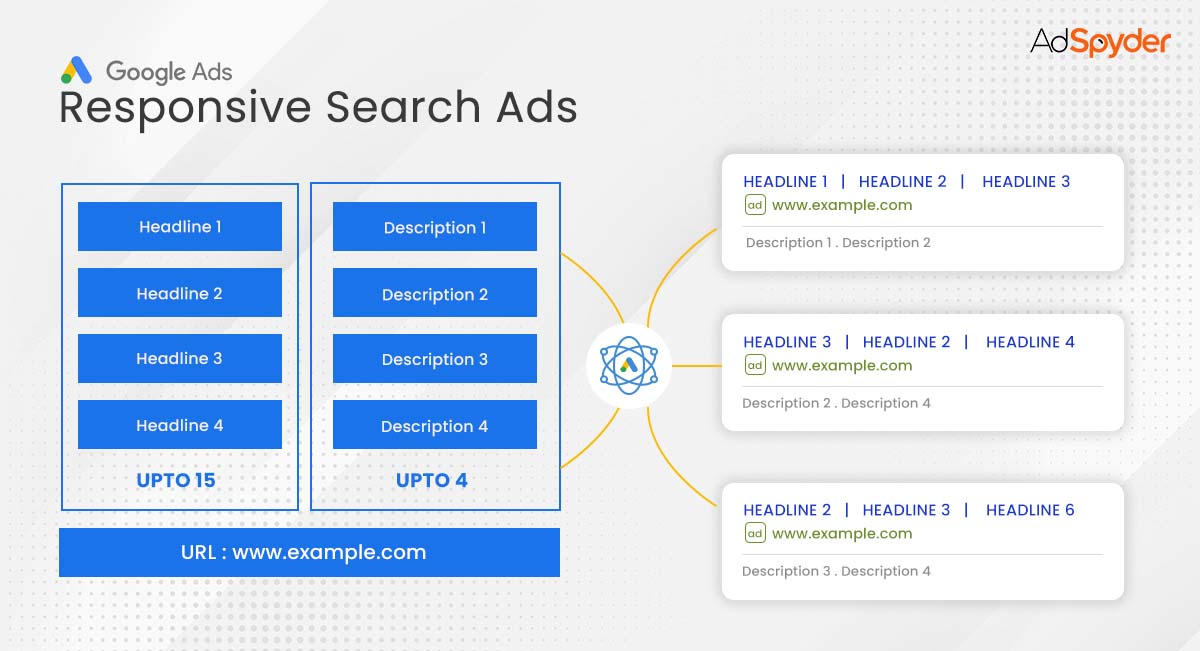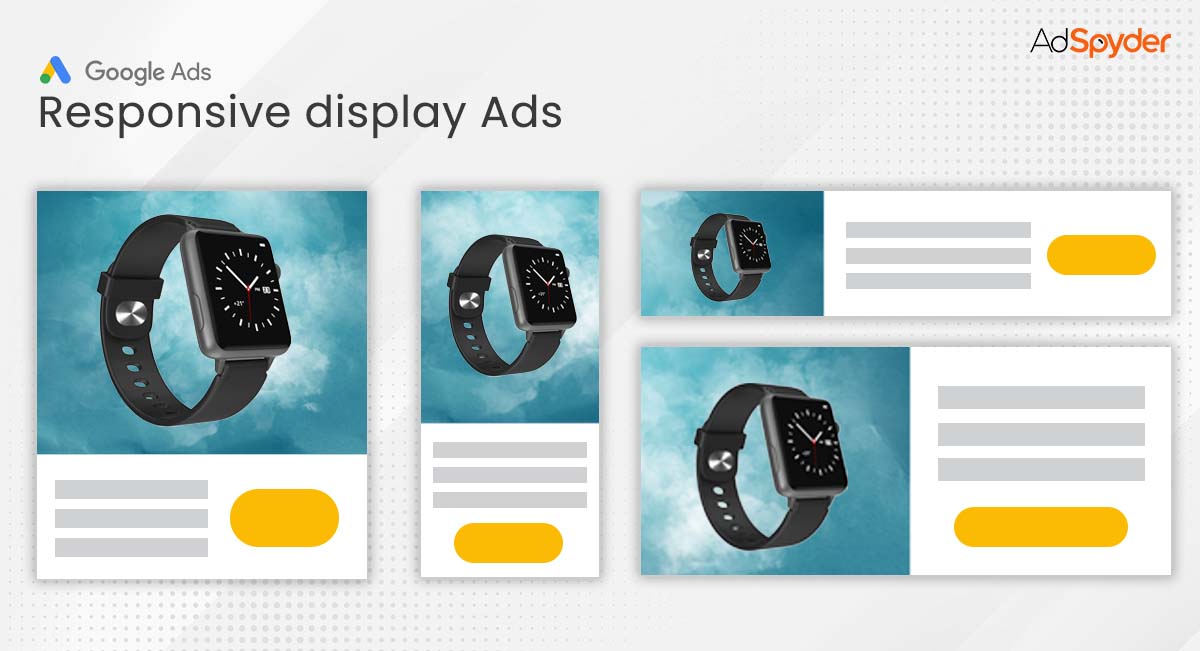Adapting and adjusting to a new environment is not only important for humans but also important for promoting your products. To create a successful ad for your product, one must learn to use newly upgraded features in any given platform as soon as possible to gain a head start in sales and marketing. That’s why Responsive ads are came into picture (Eg. Using digital marketing gains more targeted customers when compared to traditional methods like printed media, Tv, etc…) In an ever-expanding digital world, an increasing number of individuals have begun to use the internet daily, bringing with them a variety of gadgets such as smartphones, tablets, desktops, laptops, smart televisions, and so on…
Ready to Elevate your Marketing Strategy?
Therefore, it’s crucial to show your ads to customers without interfering with their online experience. It’s essential to create ads that are highly accurate enough to target your customers as well as modify and suit any screen so that the user can see your ads properly, resulting in more conversions and profit.
Google’s new “Responsive Ads” feature
If you are looking forward to deciding the best from the options available, then have no worries, this feature can do that for you.
It is not simplest optimize advert overall performance but also permit for effective measuring ROI, assisting corporations in understanding the monetary go-back on their ad campaigns.
This is the new feature in Google Ads which uses artificial machine learning algorithms to choose the best-performing Ads from the available options in your Ad campaign. Along with the auto adjustable display Ad option that helps you to maximize your revenue by targeting your customer with high accuracy as well as with enhanced user experience.
Types of Responsive Ads
There are generally two types:
Both Responsive Search and Display Ads can seamlessly integrate into native advertising campaigns, blending with content to provide a non-intrusive ad experience for users.”
- Responsive Search Ads
- Responsive Display Ads
Responsive Search Ads

By allowing the user to create up to 15 multiple headlines and descriptions for a single ad, Responsive ads use the artificial machine learning algorithm to combine different variations of headlines and descriptions provided by the user. Then, the algorithm determines the top-performing Ads by using the performance history of each combination of Ads. After that, it runs the selected top-performing Ads throughout the campaign to give you the maximum amount of conversions by targeting the customers effectively.
Responsive Display Ads

Responsive Display Ads allow the user to upload multiple assets per asset type (for example, multiple headlines, logos, videos, and images) for different devices like Mobiles, Tablets, Computers, etc… in different image resolutions. Afterward, Responsive display ads will automatically adjust their size, appearance, and borders for different devices to fit perfectly within the proper boundaries on the webpage by selecting the appropriate format asset provided by the user automatically using Google’s artificial machine learning algorithm.
(Example- the same ad will be seen smaller on one device and larger on the other device depending on the screen size of the device used.)
One of the special features of Responsive Display Ads is that it shows video ads instead of images whenever Google Ads determines that your videos could drive better performance. Thereby, helping you to reach the maximum amount of people in your Ad campaign.
Responsive Display Ads can adapt at some point of challenging instances, inclusive of in crisis control with video advertising, assisting agencies stay related with customers when it subjects most.
checkout how adspyder will analyze this ads
Benefits
The most important benefit of these Ads is that it helps to maximize the potential of the Ad campaign by selecting and running the top-performing Ads to target the customers effectively.
This ads can also help businesses navigate complex regulations like Global Gambling Advertising Rules, ensuring ads comply with local advertising standards while maximizing reach
Providing the auto-adjustable multiscreen display ads allows the customer to view the information on the Ads clearly and effortlessly without affecting their user experience on the webpage.
Most of all, it saves us a lot of time and effort by assisting in managing the Ad campaign with ease.
Let us see the steps to create Responsive ads.
Simple Steps to Create Responsive ads
Step 1:- Sign in to your Google Ads account.
Step 2:- Under “All campaigns” on the navigation menu, click Display campaigns and click the campaign that should include your new responsive display ads.
Step 3:- Click Ads & extensions, and then click Ads.
Step 4:- Click the plus button.
Step 5:- Select Responsive display ad.
Step 6:- Select the “ad group”.
Step 7:- Click Images to add your images and Logos to add the logo images.
Step 8:- Below “Logos”, click the plus Videos button to add a YouTube link for your video.
Step 9:- Complete your ad information. You can create multiple headlines and descriptions to be rendered in your responsive display ads.
Step 10:- Preview the most popular sizes and ad formats of your potential ads. Since responsive display ads are built to reach across almost any ad space on the Display Network, they can show in thousands of layouts.
Step 11:- Preview your ad.
Step 12:- Click Save.




